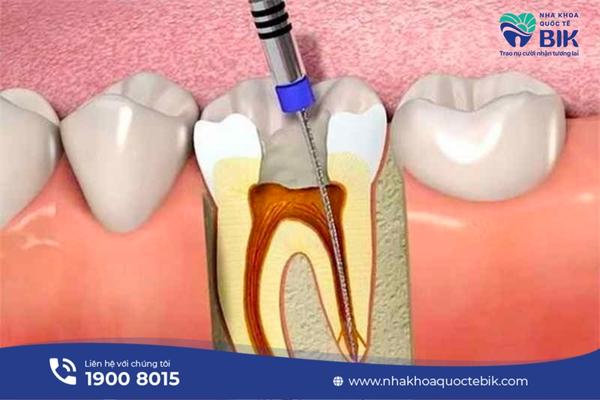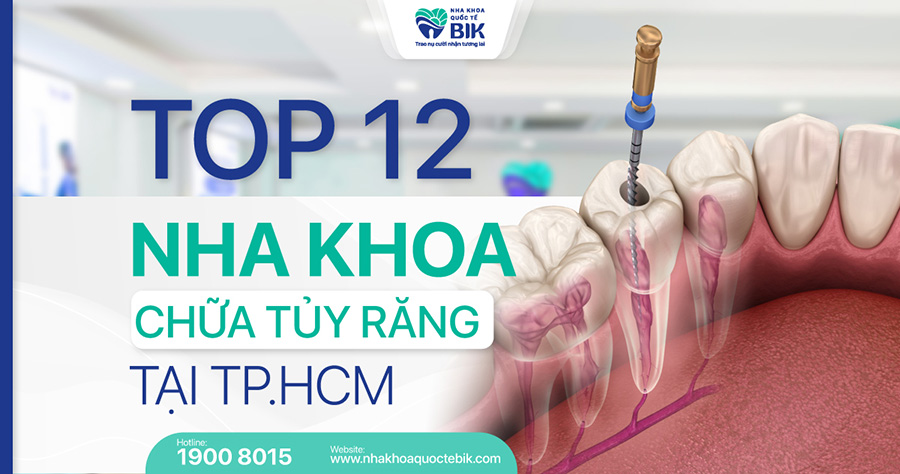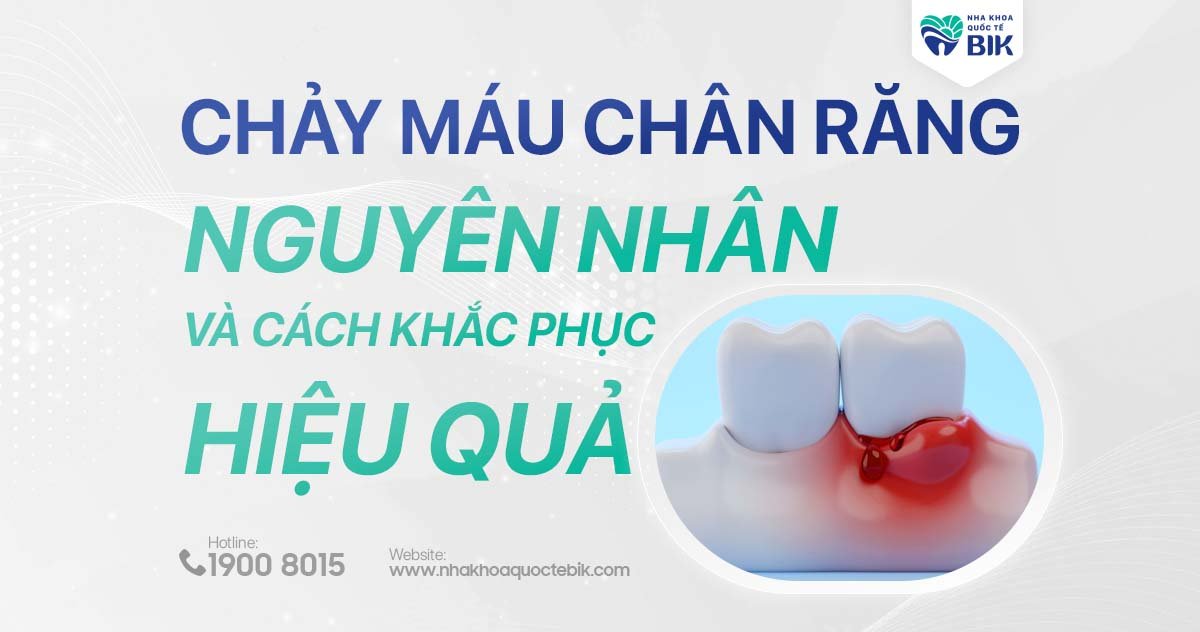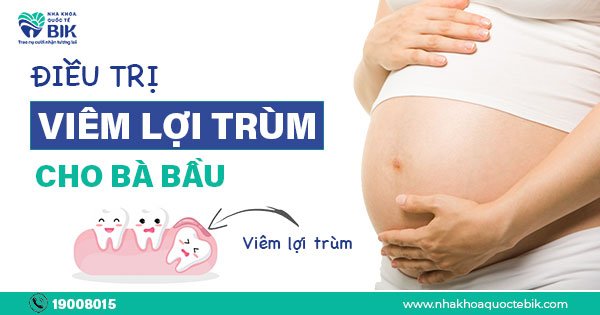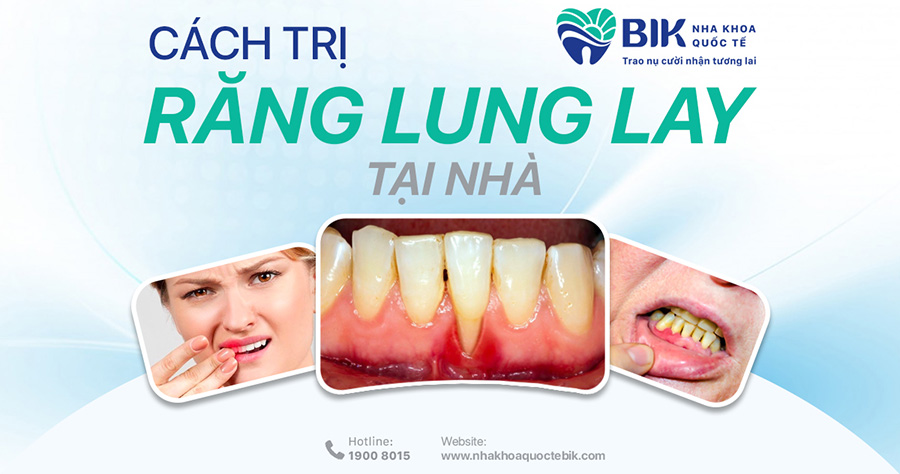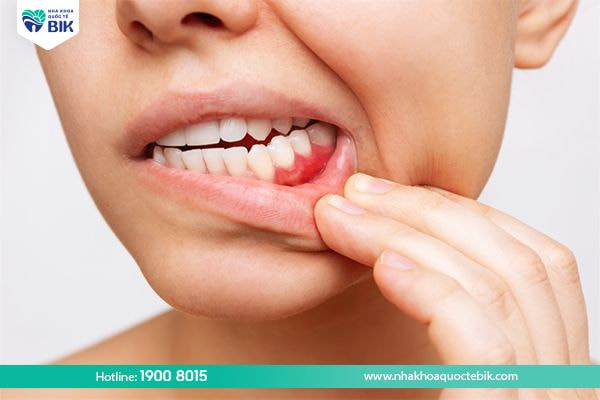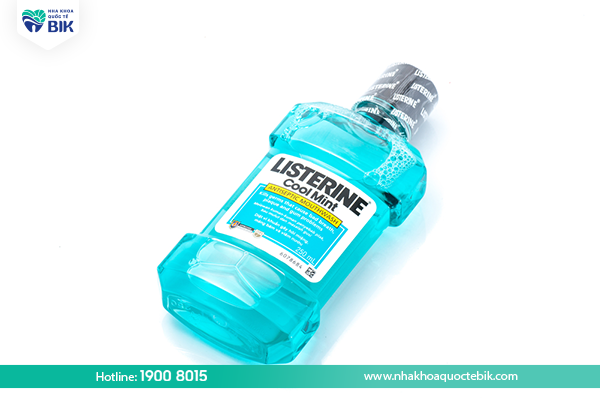Pure gingivitis is a fairly common condition today, the main cause of which is that patients do not pay attention to regular and proper oral hygiene. This condition cannot be remedied at home, but patients need to go to a reputable dental clinic for examination and prescription of specialized treatment measures.
1. What is purulent gingivitis?
The structure of the tooth consists of 3 parts, of which enamel is the outermost layer, dentin is the middle layer and the pulp is located in the middle containing important blood vessels and nerves of the tooth. In addition, the root of the tooth is the part that cannot be seen because it is located in the bone cavity, the alveolar bone, covered by the gums.
Pure gingivitis, also known as purulent gingivitis, is a condition that occurs when the gums are infected, forming pus pockets that cause pain for the patient. When the gums are infected, immune cells in the body gather at the site of invasion to fight harmful bacteria. The abscess is where the remaining cells and bacteria accumulate, causing the tissues at the base of the teeth to become infected and swollen. Purulent gingivitis not only causes pain and discomfort but also causes bad breath.
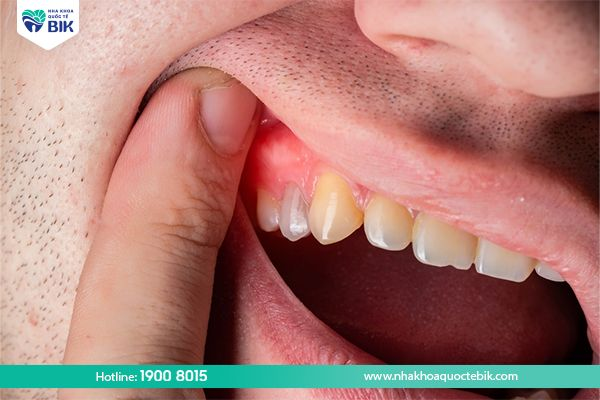
2. What are the symptoms of purulent gingivitis?
Pure gingivitis can be recognized through the following symptoms:
2.1. Toothache
Toothache is a condition that patients can easily feel regularly when suffering from gingivitis with pus. The pain will gradually spread to the patient’s teeth and face. If the gingivitis with pus is more severe, the pain will be more intense and frequent, this condition can even last for several hours.
2.2. Swollen and painful gums
Healthy gums are usually light pink, when suffering from gingivitis with pus, the gums will be darker red with swelling and pain. When pressing on the gums, they feel softer than normal and sometimes there will be a yellow discharge with a foul odor or bleeding.
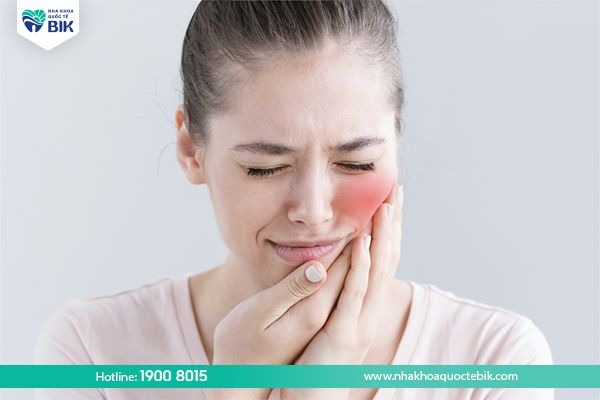
2.3. Difficulty chewing
Gingivitis with pus damages the gums and teeth, making the chewing process difficult. Areas attacked by gingivitis bacteria will cause a sharp pain when chewing and swallowing food, especially with food that is too hot or cold. If not treated promptly, this condition will occur more and more frequently.
2.4. High fever
When any organ in the body is inflamed, fever is a common condition, and gingivitis is no exception. Patients often have a low fever for a few days when they have gingivitis with pus. If the patient has a severe and persistent fever, it is necessary to immediately go to a medical center or hospital to be examined and treated by a doctor before the dangerous complications of purulent gingivitis affect one’s health.
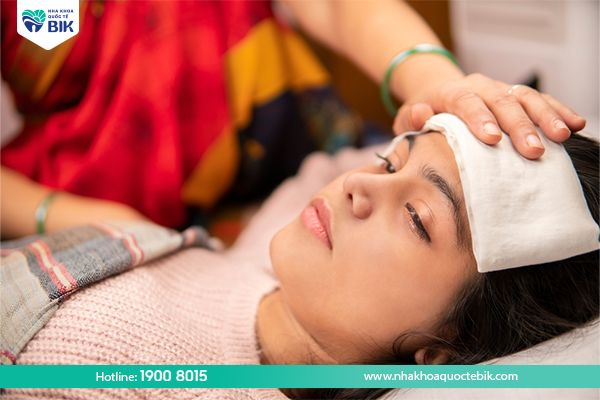
2.5. Bad breath
Bad breath is the most common symptom of oral inflammatory diseases in general and purulent gingivitis in particular. The abscess in the gums is the cause of the patient’s breath having an unpleasant odor, making many people feel unconfident when talking and communicating with others. Along with the bad breath, the mouth will have an unpleasant bitter taste. This is also the reason why people with gingivitis lose their appetite and feel unappetizing.
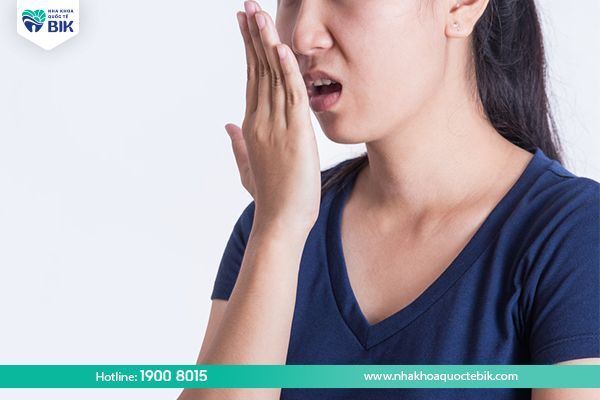
2.6. Swollen lymph nodes in the neck and cheeks
Gingivitis with pus not only affects the soft tissues around the gums but also causes the surrounding organs such as the face or neck to be affected by swollen lymph nodes. When the patient experiences this condition, they need to go to the dentist to be examined and treated by specialized doctors.
3. What causes gingivitis with pus?
The following factors can cause gingivitis with pus:
3.1. Improper oral hygiene
Improper oral hygiene is one of the common causes of purulent gingivitis. Using a toothbrush with bristles that are too hard, brushing too hard, or the habit of using toothpicks to pick your teeth after meals, etc. can all damage your gums.
At this time, bacteria in the oral cavity will have favorable conditions to attack the sensitive gum tissue, causing inflammation. If this condition persists without proper treatment, it will lead to purulent gingivitis.

3.2. Due to an unreasonable diet
Another cause of gingivitis with pus is that the patient does not have a reasonable diet. Regularly using foods containing a lot of sugar such as candy, soft drinks, etc. can damage the gums, creating a favorable environment for bacteria to invade and attack, causing inflammation.

3.3. Due to hormonal changes
During pregnancy, hormonal changes cause estrogen and progesterone levels in the woman’s body to increase. This is the cause of the capillaries in the gums to swell and bend, leading to blood stasis and increased permeability of the capillary wall, thereby increasing the risk of gingivitis.
At that time, if the patient does not take care of their teeth properly, it can cause the gums to swell more severely, become sensitive and prone to bleeding, and even pus inside the gums.
3.4. Due to wisdom teeth eruption
Wisdom teeth eruption is also one of the causes of gingivitis. If the wisdom teeth grow in an impacted or crooked way, it can cause the gums to swell and have pus. Along with that, this disease also causes pain in the same row of teeth, making eating and daily communication difficult.

3.5. Due to other diseases
People with diseases such as diabetes or autoimmune diseases,… often have weakened resistance, so the risk of infection also increases. At this time, bacteria will easily penetrate and attack the tooth pulp as well as the soft tissues in the teeth, causing purulent gingivitis.
4. Effective treatment for purulent gingivitis
In general, doctors will prescribe patients to perform different treatments based on each specific condition after a thorough examination. However, all must follow the general principles of treating purulent gingivitis as follows:
– Use antibiotics to isolate the infection.
– Eliminate or limit the signs of discomfort by reducing pain, fever, swelling, etc.
– Remove the infection when the infection has stabilized and it is safe to perform specialized treatment.
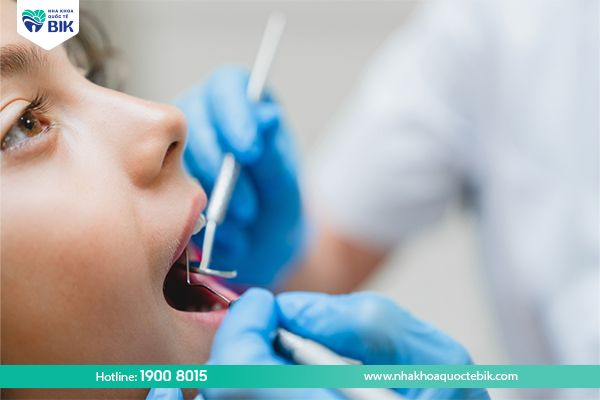
Procedures to remove the infected area include:
– Draining the pus (incision of the abscess): The doctor will make a small incision at the location of the pus-filled swelling to drain the pus.
– Removing foreign objects such as bones, bamboo toothpicks, etc. from the gums.
– Scaling, cleaning dirt around the tooth root and under the gum.
– In case of pulpitis, the dentist will remove the infected pulp and then fill the root canal and crown the tooth with porcelain to ensure aesthetics.
– Cutting the root of the tooth: The doctor will perform a small operation to remove the infected area at the root of the tooth.
– Tooth extraction: When the inflammation is too severe or the tooth is so damaged that it cannot be saved, the tooth must be extracted. At this time, the doctor will extract the tooth and clean out all the infected areas deep in the bone, then perform an implant to restore chewing ability and aesthetics.
– When the infection is too severe, the infection forms a large cyst in the bone that spreads to the adjacent teeth, causing widespread damage, and treatment becomes much more complicated.
– Eliminate the causes of gingivitis such as adjusting the bite, straightening the teeth, adjusting or changing systemic medications, controlling blood sugar well, etc.
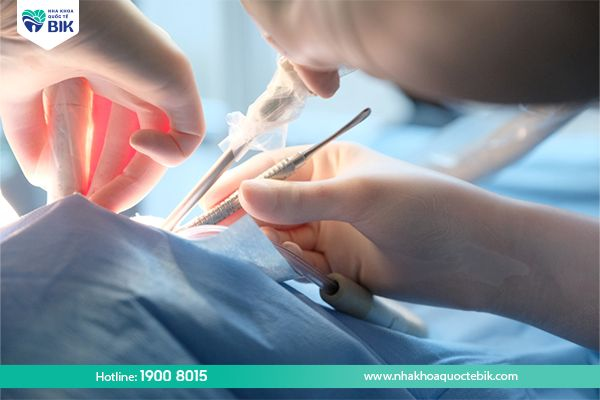
5. Oral care to prevent purulent gingivitis
To prevent purulent gingivitis, you should note the following:
– Brush your teeth at least twice a day, especially after each meal, to remove food plaque.
– Use a soft-bristled toothbrush with moderate brushing force to avoid damaging the gums.
– Use appropriate toothpaste to help strengthen the gums.
– Replace toothpicks with dental floss to remove food debris between teeth.
– Maintain a scientific diet, supplement with necessary vitamins and minerals to support increased resistance to help the body fight harmful bacteria.
– Visit the dentist regularly at least twice a year to ensure regular check-ups of oral health.

Pure gingivitis is a condition in which the gums are infected and pus appears under the teeth. If not treated promptly, it can lead to serious complications for oral health. To effectively and safely treat purulent gingivitis, you can go to BIK International Dental Clinic to be examined and treated by a team of doctors with more than 10 years of experience in the profession.

